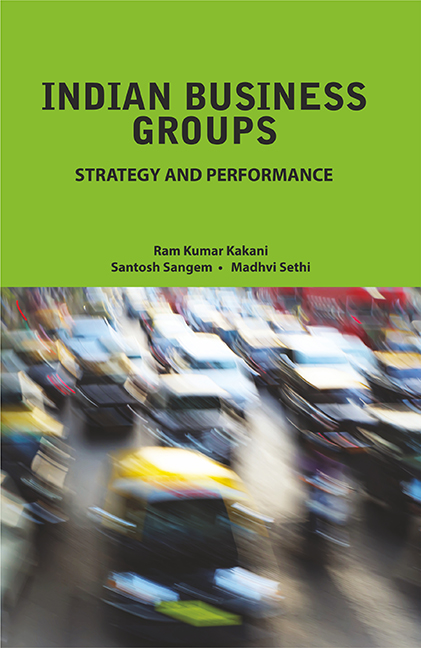Book contents
- Frontmatter
- Contents
- List of Tables and Figures
- Preface
- Acknowledgements
- 1 Introduction to Business Groups and their Strategies
- 2 Business Groups across the Globe
- 3 Product Diversification and Performance: Measurement and Historical Relationship
- 4 Conceptual Framework and Research Methodology
- 5 Empirical Results and Managerial Implications
- 6 Case Analyses of Business Groups' Strategies
- 7 Summary of the Work
- References
- Index
- About the Authors
2 - Business Groups across the Globe
Published online by Cambridge University Press: 13 July 2022
- Frontmatter
- Contents
- List of Tables and Figures
- Preface
- Acknowledgements
- 1 Introduction to Business Groups and their Strategies
- 2 Business Groups across the Globe
- 3 Product Diversification and Performance: Measurement and Historical Relationship
- 4 Conceptual Framework and Research Methodology
- 5 Empirical Results and Managerial Implications
- 6 Case Analyses of Business Groups' Strategies
- 7 Summary of the Work
- References
- Index
- About the Authors
Summary
Business groups dominate most economies. They are ubiquitous in emerging economies, where they control a substantial proportion of a country's productive assets and account for the largest and the most visible of the country's firms (Amsden and Hikino, 1991; Granovetter, 1994; Khanna and Rivkin, 1999; Mazumdar, 2008). Around the world, some of the largest firms in many countries are controlled by business groups (largely, familybased), such as Dangote (Nigeria), Fiat (Italy), Ford (U.S.), Hutchison Whampoa (Hong Kong), Maersk (Denmark), News Corp (Australia), Overseas Chinese Banking Corp (Singapore), and Samsung (South Korea). Further, many business groups have a long history. For instance, the Jardine Matheson group (Hong Kong/Singapore), the Wallenberg group (Sweden), and the Bolloré group (France) were established more than 150 years ago. However, like all other types of organizations, business groups have specific characteristics that differ from one country to another. In this chapter, we discuss the same in a few large countries across the globe. The discussion in this chapter highlights the central role of the controlling family/families at the top of a business group in designing corporate structures such that agency-related problems are minimized.
Japanese keiretsus
The key component of the Japanese environment is the existence of well-diversified business groups called keiretsu or industrial group. It is a distinctive feature of Japan's economy attracting considerable attention. This institution coordinates the activities of member firms and finances much of their investment activity. The complex relationship among firms within these groups is characterized by cross-ownership of equity, close ties with the groups’ main banks, and product market ties with the other firms in the groups (Aoki, 1984). Much of the financing comes from the large city banks that form the core of each of the large groups: they are both creditors and shareholders of group firms (Hoshi et al., 1991). It is for this reason that Japanese firms are known to operate in an environment that appears to mitigate information problems in the capital market.
During the pre-war period, Japan had extremely large, diversified conglomerates (zaibatsu), controlled by wealthy families and dominating the Japanese economy (Hadley, 1970; Yafeh, 1995).
- Type
- Chapter
- Information
- Indian Business Groups: Strategy and Performance , pp. 28 - 44Publisher: Foundation BooksPrint publication year: 2015



